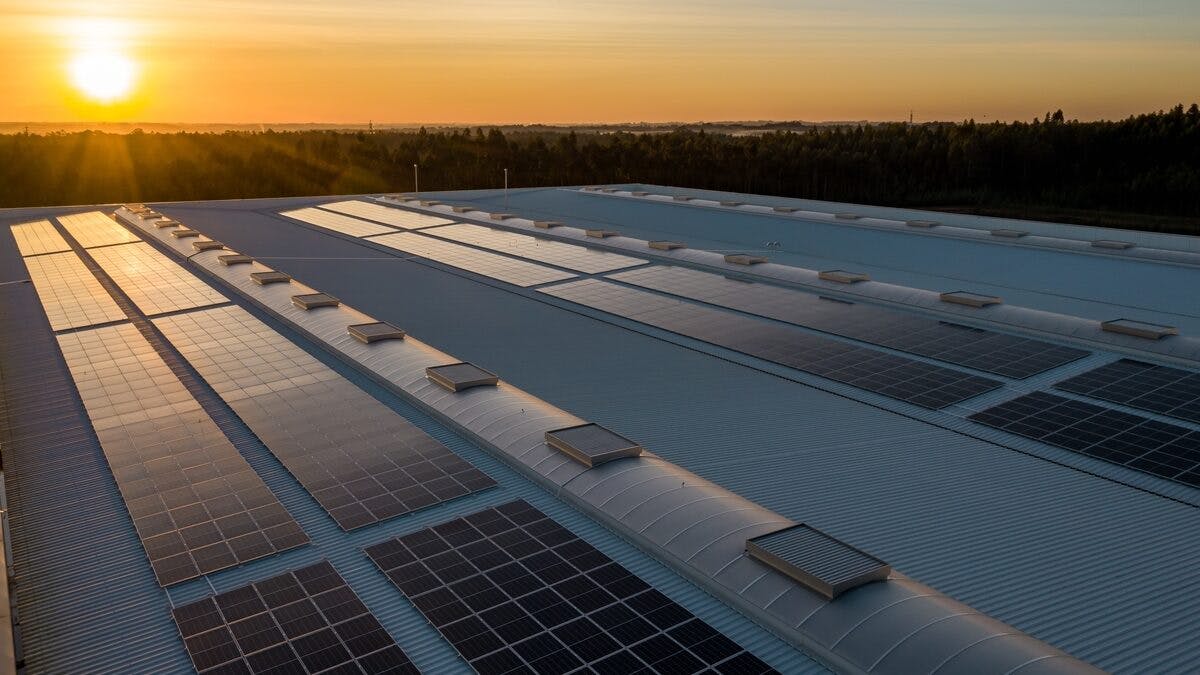Australia is at a critical juncture, facing the real possibility of missing out on the tremendous economic opportunities presented by the burgeoning global market for renewable energy-related manufacturing.
The urgency of the situation is highlighted in a newly released report by the Australia Institute’s Centre for Future Work, coinciding with the 4th National Manufacturing Summit taking place in Canberra.
In recent times, there has been an exponential surge in overseas manufacturing ventures, particularly in the domains of batteries, electric vehicles, renewable energy generation and transmission equipment, and various other renewable energy products. The driving force behind this manufacturing boom lies in the compelling incentives meticulously crafted by the Biden Administration’s visionary Inflation Reduction Act. Notably, analogous frameworks have been instituted by economic powerhouses such as the European Union, China, Japan, Korea, and Canada.
In sharp contrast, Australia finds itself in a contemplative stance, evaluating its possible course of action in response to these sweeping global developments. However, as of yet, a comprehensive strategy remains conspicuously absent from official pronouncements. The magnitude of this challenge is underscored by the report’s projection, estimating that an investment ranging from $83 to $138 billion over a decade would be essential to align Australia’s approach with the resolute benchmarks set by the United States.
Elevating the significance of this endeavour, the report emphasizes a set of qualitative best practices that should constitute the bedrock of Australia’s response to the Inflation Reduction Act. This forward-thinking strategy encompasses an amalgamation of robust labour and environmental standards meticulously tied to subsidized projects. A notable inclusion is the proposition for public equity participation, fostering a sense of collective ownership and empowerment. Concurrently, a parallel emphasis on investments in training programs to upskill the workforce is advocated, ensuring that a burgeoning job market aligns seamlessly with the evolving demands of this new industrial paradigm.
Dr. Jim Stanford, Director of the Centre for Future Work and a co-author of the report, articulated the transformative influence of the U.S. measures on sustainable manufacturing investment, underscoring the critical juncture Australia finds itself in. Dr. Stanford warned, “Australia must move quickly with its response to this new industrial landscape, or risk losing its chance to leverage our renewable energy resources into lasting, diversified industrial growth.”
Charlie Joyce, a research fellow at the Centre and co-author of the report, elaborated on the gravity of the situation, likening the global race for clean technology manufacturing to a fast-paced track competition. Drawing attention to Australia’s unique strengths, including a rich endowment of renewable energy resources and substantial reserves of critical minerals, Joyce juxtaposed these assets with the lamentable legacy of policy negligence that has debilitated the nation’s industrial foundation.
Joyce cautioned, “If we don’t support domestic manufacturing to enhance its production, skills, and technological capabilities quickly, all that will happen is we will replace one set of unprocessed minerals: coal, oil and gas; with another: raw lithium and related critical minerals.” Inaction, Joyce noted, would mean squandering the ancillary benefits that the renewable energy revolution promises in terms of technological advancements, enhanced industrial capabilities, value-added production, and economic diversification.
The report’s estimations, delineating the financial requisites for Australia to mirror the American Inflation Reduction Act, are both ambitious and substantial. Nevertheless, Dr Stanford remains confident in Australia’s capacity to rise to the occasion. He rebutted notions that such an investment would be fiscally untenable, noting that Australia’s fiscal health is relatively sound compared to the United States. Dr Stanford pointedly highlighted other costly government commitments, including investments in nuclear submarines, Stage 3 tax cuts, and ongoing fossil fuel subsidies.
In essence, Australia stands at a pivotal crossroads. The choices made in the coming years will determine whether the nation seizes the unparalleled prospects presented by the renewable energy revolution or becomes a passive observer as global competitors dominate the landscape. The report serves as a clarion call, urging Australia to not only match the incentives of its industrial peers but also to forge an innovative and holistic approach that positions the nation at the forefront of sustainable manufacturing and economic progress.
Keep up to date with our stories on LinkedIn, Twitter, Facebook and Instagram.

